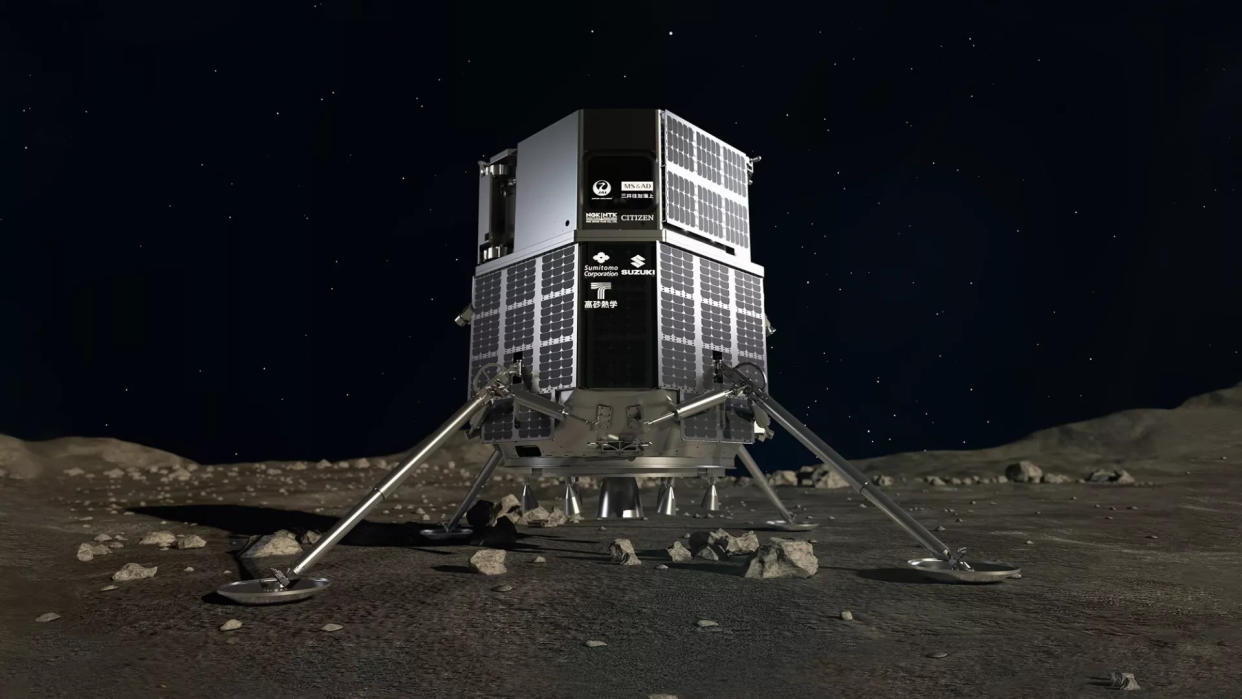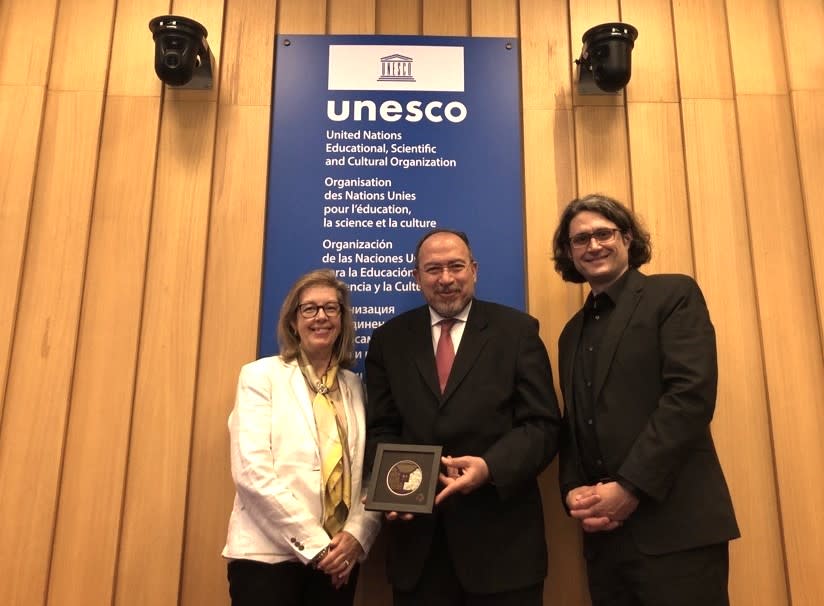Private lunar lander to carry 'memory disk' of 275 human languages to the moon in 2024

Many of us remember building time capsules to preserve memories from our lives on the ground. Now, on a bigger scale, humanity's languages and culture will get their own safeguards on a mission to the moon.
ispace, a Japanese lunar exploration company that's working to put more human presence in space, has teamed up with the United Nations Educational, Scientific and Cultural Organization (UNESCO) to take an important part of our humanity and preserve it on the moon during its upcoming Hakuto-R Mission 2, which will send a robotic lander to the lunar surface.
The mission will be to deliver to the lunar surface a "memory disk" developed by UNESCO containing 275 languages and other cultural artifacts. This would be an effort to keep a piece of our humanity alive in case there's ever a future threat to humankind's existence on Earth.
Related: Japan's ispace shows off a tiny moon lander for its 2nd moon mission in 2024
The languages will be part of the UNESCO Constitution's Preamble that shares the "importance of preserving world unity, linguistic diversity, and cultures." ispace will put the memory disk aboard its Resilience lunar lander, part of its Hakuto-R Mission 2, and send it to the moon sometime late in 2024, if current timelines hold.

RELATED STORIES:
— Japan's ispace unveils micro rover for its 2nd moon mission
— Japan's ispace nabs $55 million NASA moon landing deal, slips 3rd lunar launch to 2026
— Private Japanese moon lander crashed after being confused by a crater
"Maintaining linguistic diversity and preserving culture are significant aspects of UNESCO's mandate. We are very honored to announce that ispace's Hakuto-R Mission 2 will contribute to realize UNESCO's lunar mission to benefit the world," Julien Lamamy, CEO of ispace-Europe, said in a statement.
"We continue to progress on Hakuto-R Mission 2, with the recent lander and rover development achievements that put us on a timeline for a winter 2024 launch carrying UNESCO's payload," Lamamy continuted.
ispace's first lunar lander, Hakuto-R, launched on the company's Mission 1 in December 2022. When the lander attempted its historic landing attempt on April 25, 2023, its onboard computer calculated an incorrect altitude measurement that caused the spacecraft to crash.
The company's second mission, Hakuto-R Mission 2, is scheduled to launch sometime in winter 2024 and will include a micro moon rover.
ispace is already developing its Mission 3, which is scheduled for launch in 2026 and will include NASA-built scientific payloads to be included as part of the agency's Commercial Lunar Payload Services program (CLPS). That mission will send the company's Apex 1.0 lunar lander to the moon, a larger spacecraft with a projected payload capacity of 1,100 pounds (500 kg).

